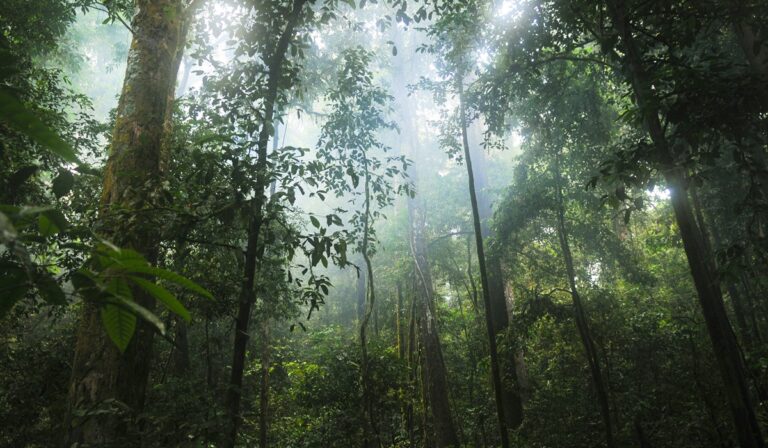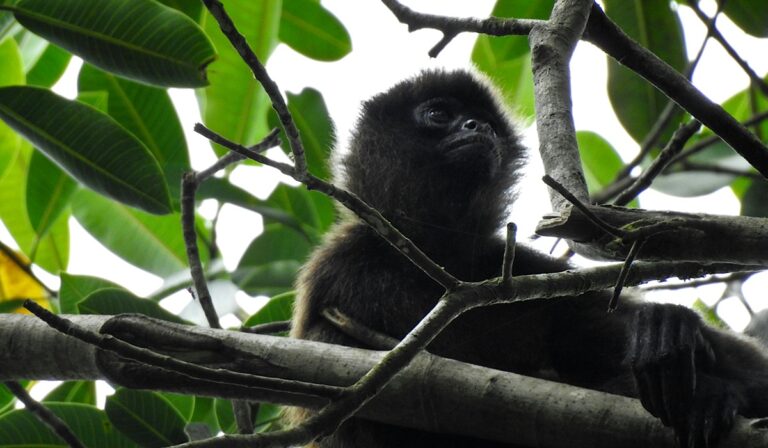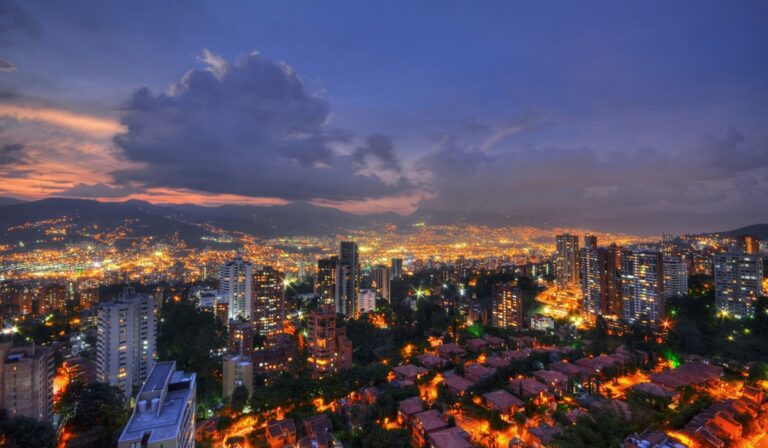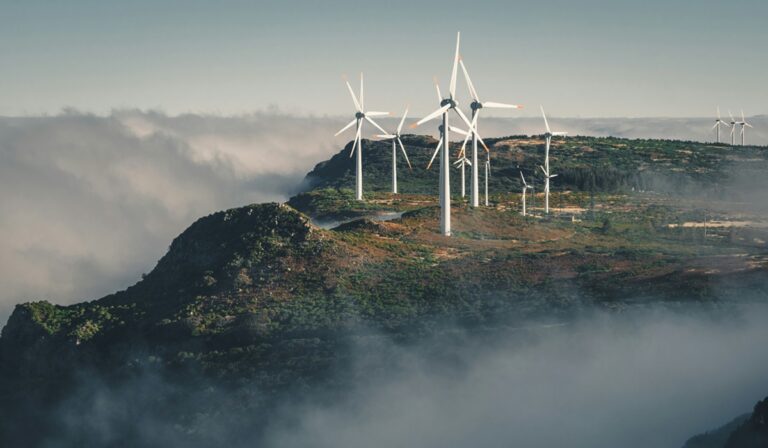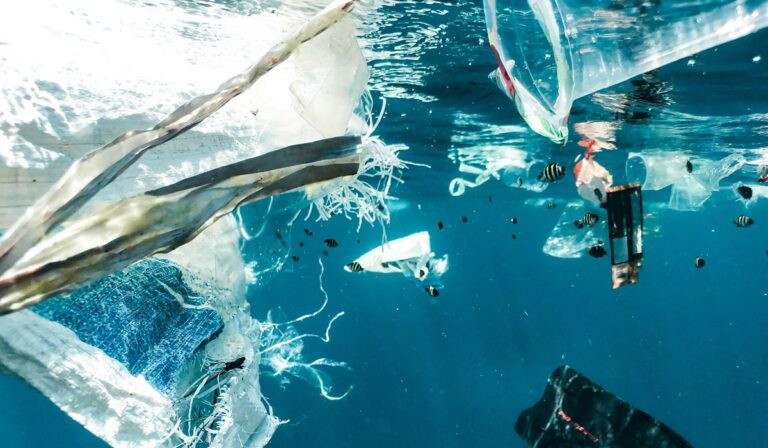Landmark ruling in Suriname grants protections to local and Indigenous communities
A court in Suriname approved an injunction filed on behalf of twelve Indigenous and maroon groups concerned about losing approximately 1,322,013 acres of rainforest to agricultural development. The court said the government doesn’t have the right to grant land without free, prior and informed consent, a process in which developers meet with residents to explain how projects would impact daily life.
Landmark ruling in Suriname grants protections to local and Indigenous communities Read more

